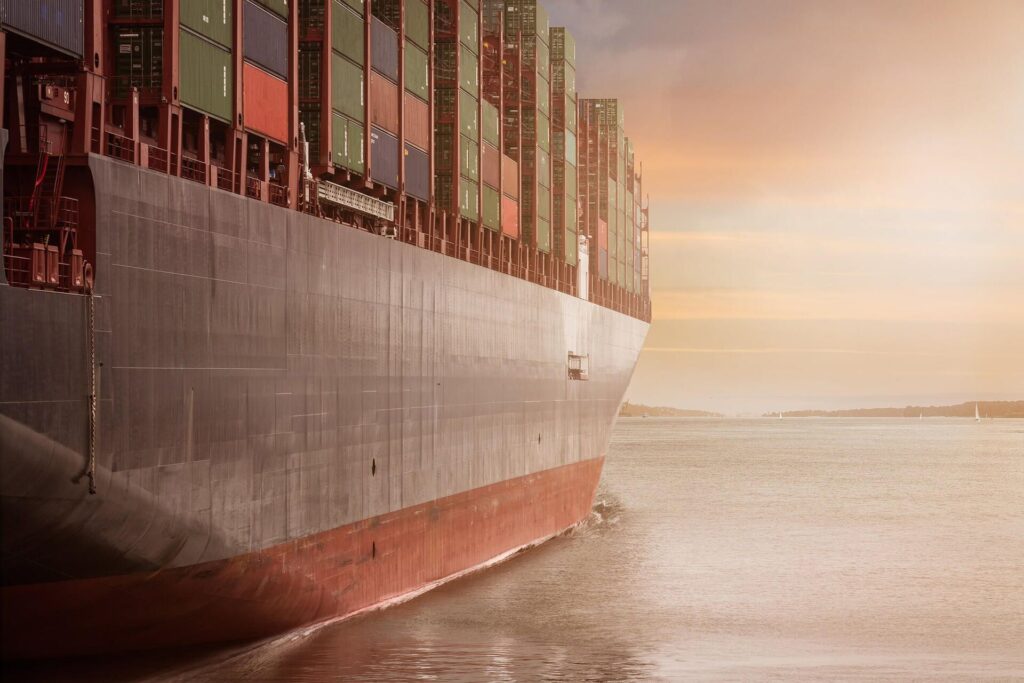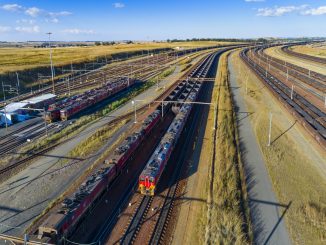The China coast freight tracking system has transformed modern logistics by enabling real-time visibility of cargo along China’s coastal routes. Importers often struggle with unpredictable shipping times, lost containers, and customs delays. However, advanced freight tracking ensures that businesses can monitor shipments, calculate costs, and streamline global supply chain management.
What Is China Coast Freight Tracking?
China coast freight tracking refers to digital systems that monitor shipments from Chinese coastal ports like Shanghai, Shenzhen, Ningbo, and Qingdao. These platforms use GPS, electronic data interchange (EDI), and integrated carrier systems to provide real-time updates. Consequently, businesses gain transparency on vessel location, estimated arrival times, and customs clearance status.
Why Is Freight Tracking Essential for Importers?
Although shipping costs remain important, tracking provides more than just visibility. It enables importers to:
- Reduce uncertainty in delivery schedules.
- Plan inventory around estimated arrival times.
- Detect port congestion and reroute shipments.
- Track compliance for customs and insurance purposes.
Moreover, freight tracking improves customer satisfaction by ensuring businesses can provide accurate delivery updates.
Real Case Studies of China Coast Freight Tracking
Case 1: Shenzhen → Los Angeles (LAX via Long Beach)
- Cargo: 1×40HQ container of electronics
- Mode: Sea freight with tracking
- Cost: USD 6,200
- Transit Time: 28 days
- Benefit: Tracking allowed importer to reroute due to port congestion.
Case 2: Shanghai → Hamburg (DEHAM)
- Cargo: 20GP container of textiles
- Mode: Sea freight with real-time tracking portal
- Cost: USD 3,850
- Transit Time: 32 days
- Benefit: Automated updates helped coordinate inland trucking to warehouse.
How Much Does Shipping with China Coast Freight Tracking Cost?
| Route | Avg. Cost (USD) | Transit Time |
|---|---|---|
| Shenzhen → Los Angeles (LAX) | $5,800–$6,500 | 25–30 days |
| Shanghai → Rotterdam (NLRTM) | $3,600–$4,200 | 30–35 days |
| Ningbo → Sydney (AUSYD) | $2,900–$3,500 | 18–22 days |
| Qingdao → Dubai (AEDXB) | $4,200–$4,800 | 24–28 days |
| Xiamen → New York (USNYC) | $6,500–$7,200 | 33–38 days |
Accordingly, tracking costs are typically included in freight forwarding services, though premium alerts may incur extra charges.
What Factors Influence Freight Costs Along the China Coast?
| Factor | Impact |
|---|---|
| Container type | 20GP cheaper, 40HQ more costly for bulk goods. |
| Fuel surcharges | Fluctuates with oil markets, directly affecting rates. |
| Seasonality | Q4 holiday season raises rates by 30–40%. |
| Port congestion | Increases demurrage fees without tracking. |
| Customs clearance | Delays add warehousing and trucking costs. |
Therefore, tracking helps importers anticipate additional expenses.
How Does China Coast Freight Tracking Compare to Other Modes?
| Mode | Transit Time | Cost Range | Pros | Cons |
|---|---|---|---|---|
| Sea Freight | 25–40 days | $2,900–$7,200/ctr | Cheapest for bulk, global coverage | Slowest mode |
| Air Freight | 5–10 days | $5–$9/kg | Fast, reliable, great for urgency | Costly for large cargo |
| Rail Freight | 15–20 days | $350–$500/CBM | Balanced speed & cost to Europe | Limited destinations |
To summarize, while sea freight is slow, tracking makes it manageable by offering visibility.
Which Ports Use China Coast Freight Tracking Systems?
China’s coastal logistics hubs are fully integrated with tracking systems:
- Shanghai (PVG Port): World’s busiest container port.
- Shenzhen (Yantian/Shekou): Ideal for electronics exports.
- Ningbo-Zhoushan: Strong bulk cargo and manufacturing exports.
- Qingdao: Automotive and machinery shipments.
- Xiamen: Textile and footwear exports.
Indeed, tracking from these ports covers routes to North America, Europe, the Middle East, and Oceania.
What Documents Are Required for Coastal Freight Shipments?
| Document | Purpose |
|---|---|
| Bill of Lading (B/L) | Legal contract between shipper and carrier. |
| Commercial Invoice | Declares value and HS Code. |
| Packing List | Confirms weight and item count. |
| Certificate of Origin | Validates manufacturing country. |
| Customs Declaration | Required for import/export clearance. |
Timely submission ensures that tracking matches customs milestones.
Pros and Cons of China Coast Freight Tracking
| Pros | Cons |
|---|---|
| Real-time visibility of shipments | Premium alerts may cost more |
| Prevents demurrage & warehousing fees | Dependent on carrier updates |
| Improves customer communication | Requires digital integration |
| Supports global trade compliance | Limited inland visibility |
Thus, businesses should integrate tracking into full supply chain planning.
Conclusion
The China coast freight tracking system is a game-changer for global trade. By offering real-time visibility, predictive ETAs, and customs integration, it empowers importers to cut costs, avoid delays, and improve customer satisfaction. Ultimately, businesses that combine tracking with reliable freight forwarders gain stronger supply chain control and long-term competitive advantage.
- Consult TJ China Freight Forwarding for the lowest quote. They will provide you with reliable, cost-effective service.
FAQs
Q1.How does China coast freight tracking work for sea containers?
It uses GPS, carrier systems, and port updates to show vessel location and estimated arrival in real time.
Q2.Can small businesses benefit from China coast freight tracking?
Yes, SMEs can plan inventory, reduce demurrage fees, and communicate accurate delivery times to customers.
Q3.What is the average cost of tracking services for coastal freight?
Tracking is often included in freight forwarding, though premium SMS/email alerts may add $50–$100 per container.
Q4.Which coastal ports provide the best tracking systems in China?
Shanghai, Shenzhen, Ningbo, and Qingdao offer the most advanced tracking platforms with integrated customs data.
Q5.Do tracking systems include customs clearance updates?
Indeed, many platforms provide customs milestones, including inspection, clearance, and release notices.




